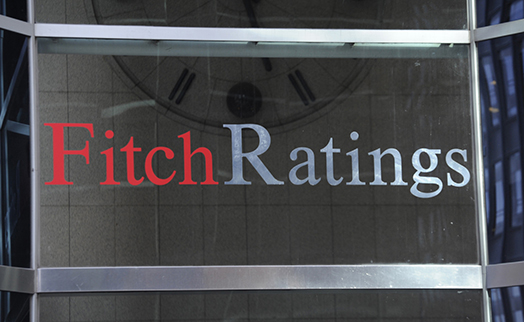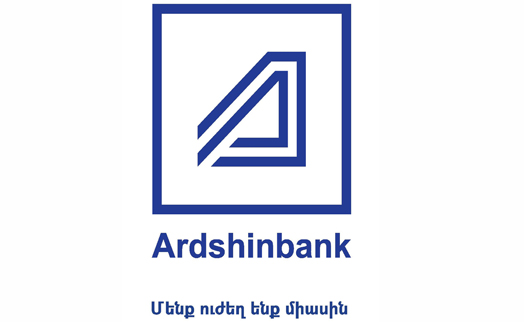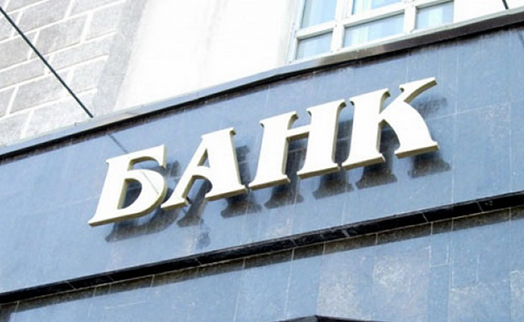19.03.2020 18:51

YEREVAN, March 19, /ARKA/. Fitch Ratings has affirmed ACBA-Credit Agricole Bank CJSC's (ACBA) and Ardshinbank CJSC's (Ardshin) Long-Term Foreign-Currency Issuer Default Ratings (IDRs) at 'B+' with Stable Outlooks.
According to Fitch, the banks' IDRs and senior debt ratings are driven by their intrinsic strength, as captured by their 'b+' Viability Ratings (VRs). The VRs are constrained by the risks of a potentially cyclical broader operating environment, and their exposure to a highly concentrated, heavily dollarised and developing economy.
Fitch said ACBA Asset quality metrics have been improving in recent years, helped by sizeable write-offs, loan expansion and supportive macro trends. Impaired loans (defined as Stage 3 and purchased or originated credit-impaired (POCI) loans under IFRS 9) made up a moderate 3.5% of gross loans at end-2019 with reasonable coverage by total loan loss allowance (LLA) at 72%. Impaired loans net of total LLA were a modest 5% of ACBA's Fitch Core Capital (FCC) at end-2019. Stage 2 loans were limited at 1.3% of total gross loans (6% of FCC).
In Fitch's view, ACBA's significant exposure to unsecured retail loans (25% of total loans) and loans extended to the agricultural sector (a further 28% of total loans), may be particularly sensitive to the stability of the broader economy. FX loans (30% of loans) may be another area of elevated credit risks if the local currency weakens.
ACBA's net interest margin (7% in 2019) is undermined by weak operating efficiency, as evidenced by its high cost-to-income ratio of over 60%, which is partially explained by the bank's modest size. It results in only moderate pre-impairment profitability at 4% of average loans, translating into a ROAE of 10%-11% in recent years. We expect the bottom line performance to be stable in 2020-2021, but this will be highly sensitive to trends in asset quality, particularly in light of portfolio seasoning after rapid loan growth (11% in 2018 and a further 33% in 2019).
Fitch said ARDSHIN Impaired loans comprised 6% of gross loans at end-2019 (up from 4.7% at end-2018) and were 50% covered with total LLA. Net of LLA, impaired loans equaled a moderate 19% of the bank's FCC. Further risks stem from Stage 2 loans, which made up 5.1% of the bank's gross loans (33% of FCC) at end-2019.
Pre-impairment operating profit equaled 4.8% of Ardshin's average loans in 2019, which Fitch views as moderate in light of the asset quality risks. Moderate loan impairment charges for 2019 (2% of average loans) translated into a reasonable ROAE of 14%, but future performance is highly sensitive to asset quality trends. Ardshin's FCC was reasonable at 15.5% at end-2019. Fitch views the relatively high regulatory minimums coupled with the phase-in of additional capital buffers as credit positive, as the bank will be forced to hold more capital than in previous years.
The share of wholesale funding is high, as expressed by a 121% loans/deposits ratio at end-2019. Non-deposit funding made up 37% of total liabilities at end-2019. Contractual repayments of wholesale funding in 2020 equal 13% of total liabilities, while liquid assets equal 16%, which we view as only moderate coverage and evidence of some opportunism in liquidity management. Positively, the placement of a USD300 million Eurobond (around 23% of end-2019 liabilities), in January 2020 (maturity January 2025), should provide significantly more flexibility. SENIOR UNSECURED DEBT Senior unsecured debt ratings are in line with the banks' IDRs, assuming average recovery prospects in case of default.
Fitch may take negative rating actions on Armenian banks if the performance of the local economy deteriorates significantly with the spread of COVID-19, and this leads or is expected to lead to material negative pressure on banks' asset quality and financial metrics. Upside potential for the ratings would be limited even without COVID-19 related risks, given the highly cyclical operating environment and its vulnerability to external shocks. However, in more benign operating conditions an extended track record of stable asset quality metrics and performance, and stronger capital ratios, could be credit-positive. -0-
ACBA was established in 1995 as part of EU’s TACIS program. As a result of a long-term and mutually beneficial cooperation between ACBA Bank and the French Credit Agricole the latter became the biggest shareholder of ACBA in 2006, September. ACBA was restructured, becoming a closed joint stock company and was renamed ACBA CREDIT AGRICOLE BANK.
Ardshinbank CJSC was founded in December 2002. In February 2003, it received Initially, the bank was called Ardshininvestbank CJSC. In November 2014 it was renamed as Ardshinbank CJSC. The bank is one of the top-3 banks in Armenia. It is the only private institution in Armenia that has been assigned the ratings of two international rating agencies Moody’s and Fitch. -0-
Read the news first and discuss them in our Telegram
Tags:


























